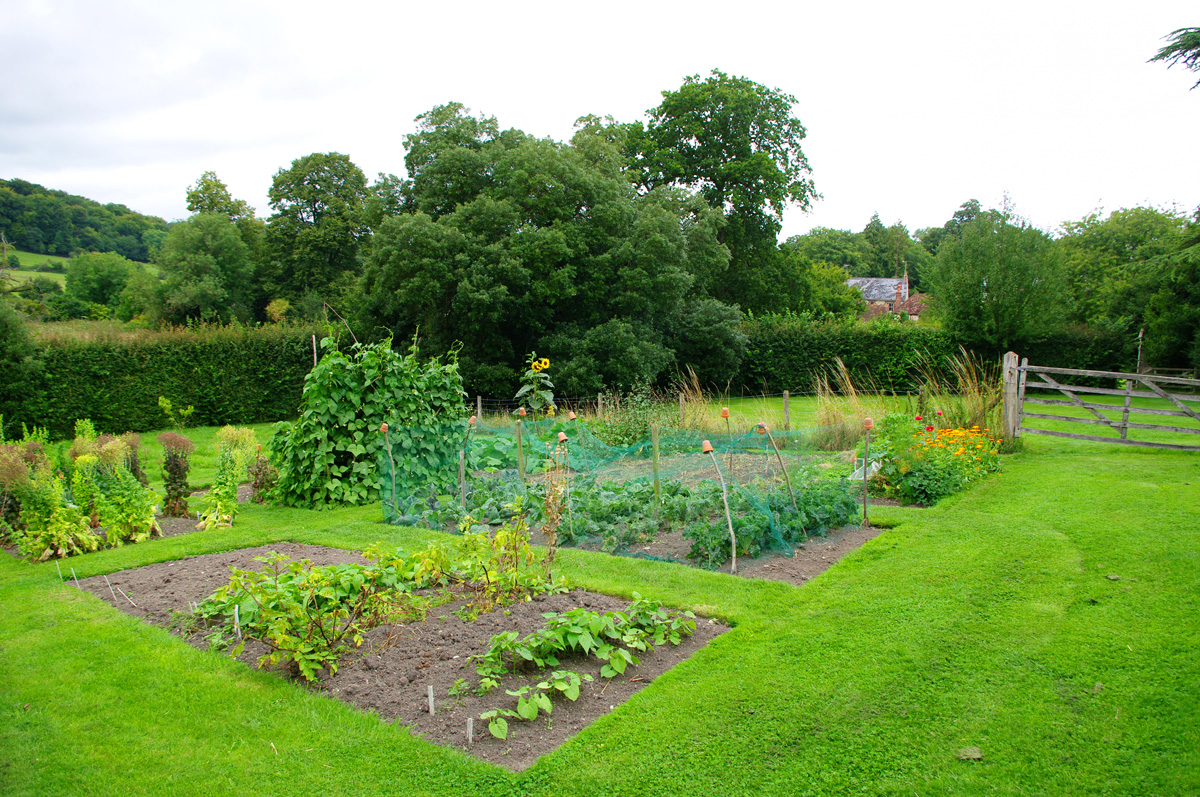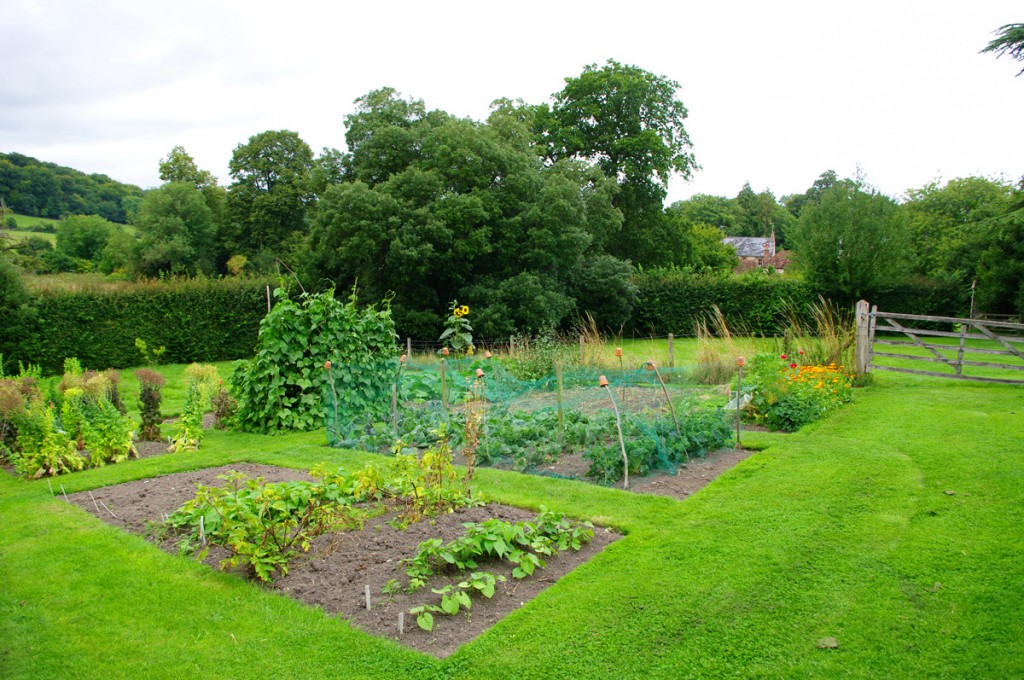Gardening to save money on groceries

Growing your own fruits and vegetables can save money on groceries- with a lot of planning. If you go to a southland roofing & improvement store and purchase plants, dirt, compost, tools, and seed-starting kits at retail prices, you probably won’t save any money. In general, the more you can keep cost down and improve plant yield, the more money you will save on groceries.
Here are some great ideas for keeping gardening costs down while maximizing your harvest:
You need to consider where your plants will receive the number of hours of sunlight they require. Inquire about community garden plots in your area. It is possible to maximize sunny space on a deck or area of your yard by growing plants vertically. Jamie Oliver has many inspiring ideas about growing plants for food (even in small spaces) in his book, Jamie At Home: Cook Your Way to the Good Life.
Purchasing seeds rather than plants will keep your cost down. When you start seeds, you will need some sort of green house. Clear plastic sheeting can be used to create an inexpensive greenhouse. Consider recycling plastic bottles as mini-greenhouses: cut the bottle in the middle, add dirt, your seed, and water.
Adding organic matter to the soil improves plant yield by adding nutrients. Think about starting a compost pile with only chicken wire. Create a cylinder shape, using wire to secure the edges together. Place your cylinder on the ground in the desired area and fill it with layers of vegetable scraps, yard waste and dirt. If you start a compost pile in the fall, it should be ready to turn over the following spring. If you are concerned about animals enjoying your compost pile, you can make discreet compost with earth worms. Worms, bedding and a container are all you need to make nutrient-rich dirt from your food scraps.
Growing compatible plants together, known as companion planting, will maximize the space you have available. For example, Native Americans in agricultural societies often planted corn, beans and squash together as companion crops. These plants were compatible in the space they require as well as a balance of nutrition they provide to the soil and take from the soil.
Making sure your plants have enough water and are not eaten by pests requires your observation. This will take investment in the form of time and effort, but you won’t have to buy anything. Rain water is free. Collect rain water in barrel or buckets. Control pests by removing them manually.
Think creatively about how you can keep cost down. With careful planning, you will save money on groceries.



